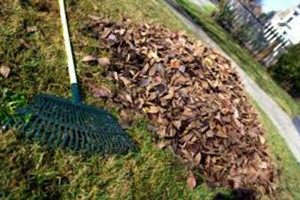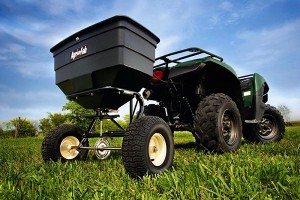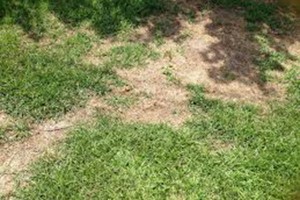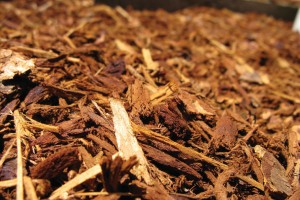Best Erosion Control Practices
Best Erosion Control Practices
With any kind of construction, you are bound to face challenges with controlling erosion and the deposit of sediments. The possibility of erosion is elevated by changes being made to the environment of the site. Water runoff contributes to the deposit of sediments and increased pollutants. These negative environmental impacts can all be kept at bay if a few Best Management Practices are implemented at the right time. We’ve outlined these best erosion control practices below for your reference.
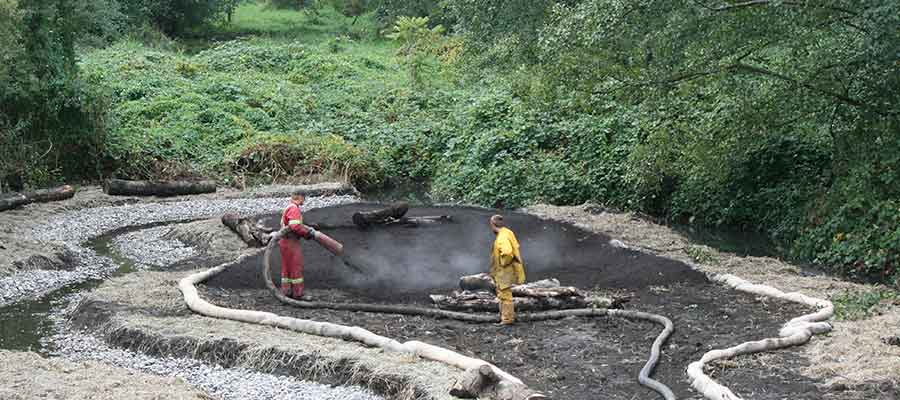
Consider Unique Site Attributes
First you must carefully assess the site that you are working on, as every site is unique. Everything from the intensity, duration, and frequency of rainfall needs to be considered, as does the local geography and landscape. Sites that are on a slope or an incline will be more prone to erosion. The type of soil that the site is on must also be assessed. If the site is on soil that is very easy to erode, more drastic steps may have to be taken to reduce or stop erosion.
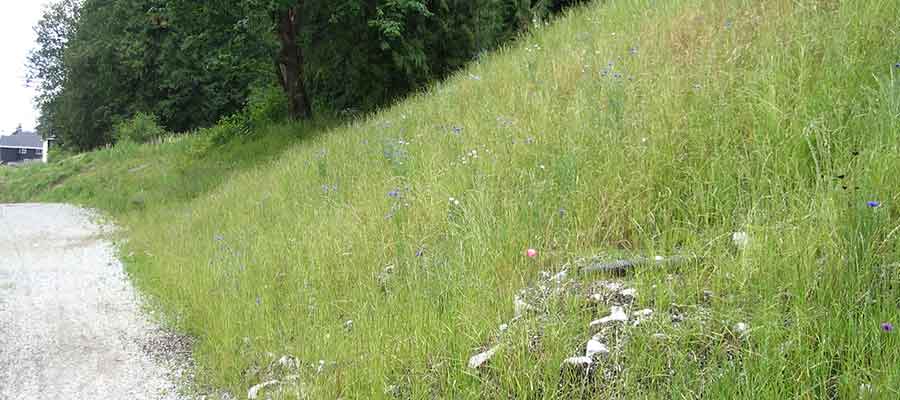
Develop a Project Plan
Once the site has been assessed, you can develop your erosion control plan. Taking care especially when it comes to the order in which different tasks are carried out. For instance, if you are carrying out construction over a wide area, you can begin excavating areas of the site in sections. Systematically move through different areas using a predetermined route, rather than disturbing the whole site. This will help reduce the amount of land that is left exposed for long periods, thereby decreasing erosion.

Managing Water Flow
Controlling water on your site will also be very important. The construction of dikes and ditches to control the flow of water is prudent, especially when they are constructed at the top and bottom of slopes and embankments. Constructing temporary slope drains will also help in mitigating the effects of erosion, especially when these are constructed in cut/fill transitions and steep slopes around the site.
Sediment that runs off a construction site can cause damage to the environment if it ends up in the wrong place, especially if it ends up in water ways surrounding the site. This could upset the ecosystem. Constructing silt fences and sediment traps will go a long way to preventing potential damage to the environment during to construction. Sediment controls should be constructed around the perimeter of the site, at the entrances and exits to the site, and at water inlets and outlets.
Managing Water Pollution
Reducing water pollution caused by erosion and sediment should be a high priority on site. This involves ensuring that a construction site near a water way has the proper erosion and sediment controls in place. If there is to be excavation then it is important to prevent erosion and sediment loss. Prior to the beginning of construction you can put filter sock in place around the edge of the water way. This will protect the water from any heavy sediment run off throughout construction.
Stabilization of soil, on site, after construction may also be necessary. One of the best ways to ensure that you maintain good soil stability is by protecting the existing vegetation that is on the site, including trees, shrubs and forbs. Areas where there is no longer any vegetation can be treated with a seeded compost erosion control blanket – controlling erosion and re-vegetating the area in one step.
Conclusion
In order to best address erosion and sediment controls, it is necessary to first, asses your site. Second, you must develop a project plan. Finally, implement your plan by managing water flow, using engineered structures and protecting the natural vegetation, thus reducing water pollution.
Overwhelming? We recommend partnering with an Environmental Consultant who is familiar with the Erosion and Sediment Control bylaws in the municipality where the project is located. eg: City of Surrey bylaws
We hope you find this article helpful. Please share!

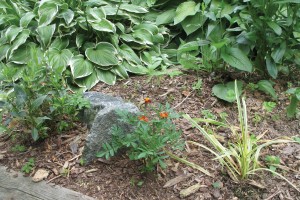 then, the weeds begin.
then, the weeds begin. 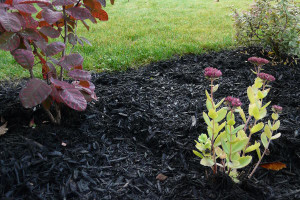 Bark mulch is the best choice for use as a weed suppressant as it inhibits weeds in two critical ways. First, by applying a thick layer covering the soil, bark mulch
Bark mulch is the best choice for use as a weed suppressant as it inhibits weeds in two critical ways. First, by applying a thick layer covering the soil, bark mulch 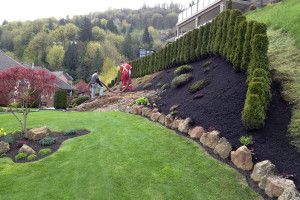 Feeds the soil.
Feeds the soil. 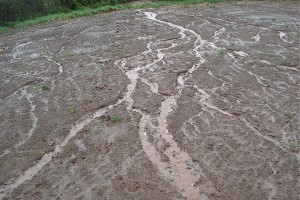 Inadequate site assessment.
Inadequate site assessment.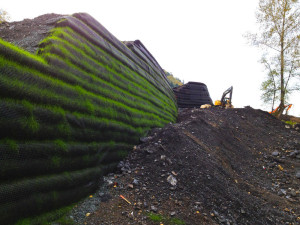 The solution to these incomplete and ineffective methods is to combine them into a comprehensive
The solution to these incomplete and ineffective methods is to combine them into a comprehensive 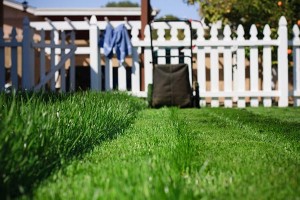 This seems a little self explanatory but it is important. (I’ll admit I’m guilty of ignoring this step in order to take advantage of the last little bit of good weather! ) Continue to water and mow your lawn, as needed, throughout the fall. As fall comes to a close and winter is just around the corner (usually Halloween for all of us in BC), drop the mower’s blade to its lowest setting for the last two cuttings of the year. That will allow more sunlight to reach the crown of the grass, and there will be less leaf to turn brown during the winter.
This seems a little self explanatory but it is important. (I’ll admit I’m guilty of ignoring this step in order to take advantage of the last little bit of good weather! ) Continue to water and mow your lawn, as needed, throughout the fall. As fall comes to a close and winter is just around the corner (usually Halloween for all of us in BC), drop the mower’s blade to its lowest setting for the last two cuttings of the year. That will allow more sunlight to reach the crown of the grass, and there will be less leaf to turn brown during the winter.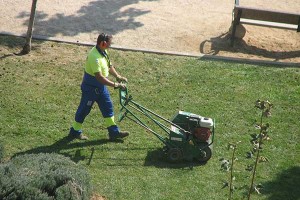 self-propelled machine will quickly punch holes into the soil and extract plugs of dirt. If you’ve got a very large yard—say, more than 3 or 4 acres—and don’t feel like aerating it yourself, hire a landscaping contractor.
self-propelled machine will quickly punch holes into the soil and extract plugs of dirt. If you’ve got a very large yard—say, more than 3 or 4 acres—and don’t feel like aerating it yourself, hire a landscaping contractor.